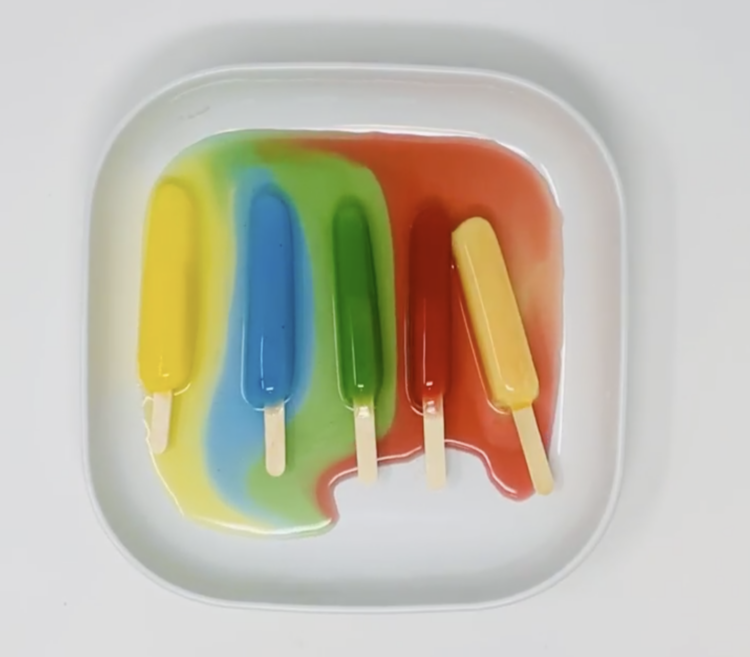Many European countries are experience record high temperatures, so The Washington Post used melting popsicles to attach something relatable to the numbers and standard heatmap. But:
It turns out that it takes popsicles much longer to melt than we had expected. In this unscientific experiment, the shortest melt time was around 12 minutes, in 90 degrees Fahrenheit, under Madrid’s beating sun. It took as long as 50 minutes earlier in the day and in the shade.
I wish they’d taken it one or two steps further with a more scientific method. Try to use the same color or type of popsicle, put the popsicles out at the same time of day, or get a time-lapse of a control popsicle so that there’s a way to compare something. As it was made, the melting popsicles are just background images.
I’m sure there were time and resource constraints across countries, but it was such a good idea.


